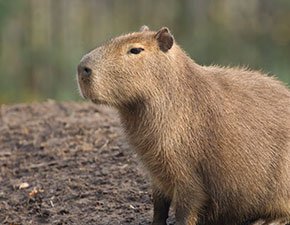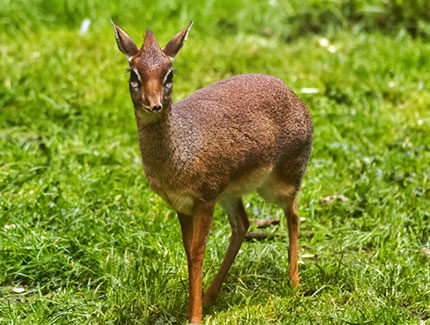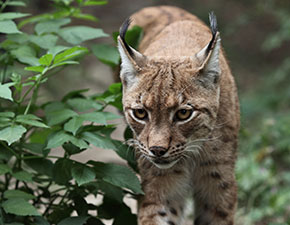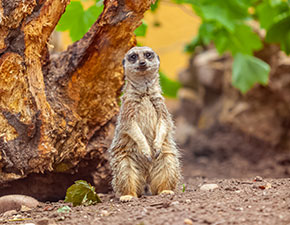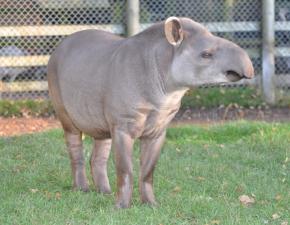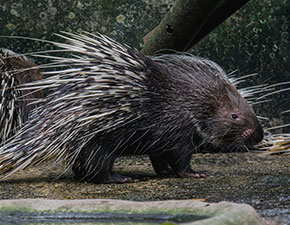
Red Panda
Ailurus fulgens
IUCN red list status:
Endangered
For more information, please visit iucnredlist.org
Red Pandas live in Bhutan, China, India, Myanmar and Nepal.
They are largely herbivorous, feeding mainly on leaves and shoots of bamboo - occasionally fruit, roots, grasses and invertebrates, eggs, and small rodents.
Terrestrial and arboreal, inhabiting mountainous regions of temperate forests and bamboo thickets, making their environment sometimes very cold and snowy.
They breed once a year, after a gestation period of 114-115 days. Females usually bear 1-2 young, however in captivity larger litters have been recorded. They can live for 12-14 years.
Red Panda
The Red Panda is slightly larger than a domestic cat with a bear-like body and thick russet fur. Their belly and limbs are black, and there are white markings on the side of the head and above its small eyes. Almost 50% of the red panda’s habitat is in the Eastern Himalayas.
Red pandas are very skilful and acrobatic animals that predominantly stay in trees. These animals spend most of their lives in trees and even sleep aloft. When foraging, they are most active at night as well as in the gloaming hours of dusk and dawn. They use their long, bushy tails for balance and to cover themselves in winter, presumably for warmth.
Did you know?
Red Pandas, also known as the Lesser Panda or Red Cat Bear, were described by zoologist Frédéric Cuvier as ‘the most beautiful animal he had ever seen’, and so named them Ailurus fulgens, which translates to ‘shining cat’. Although their name may suggest Red Pandas are of some relation to cats or bears, they’re actually a one-of-a-kind species which diverged from the Carnivore Order, placing them in their own family: Ailuridae.
